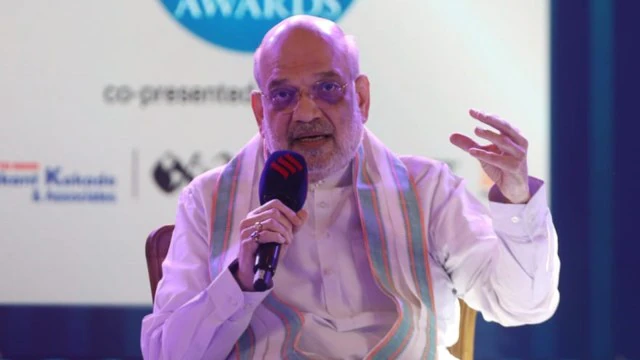Union Home Minister Amit Shah has urged Indian banks to adopt a bold vision—striving to secure a position among the world’s top 10 banks while simultaneously ensuring robust financial support for small and medium enterprises (SMEs). His remarks highlight the government’s ambition to strengthen India’s financial ecosystem, positioning it as a global powerhouse while keeping grassroots economic growth at the core.
India’s Banking Sector and Global Standing
Despite being one of the fastest-growing major economies, India’s banking sector is still absent from the list of the world’s top 10 banks by size or valuation. Most Indian banks, including State Bank of India (SBI), ICICI Bank, and HDFC Bank, have made significant progress domestically but lag behind global giants in terms of asset size, profitability, and international presence. Amit Shah’s call signals the government’s intent to see Indian banks play a greater role in global finance.
Focus on SMEs: The Backbone of the Economy
While advocating for international recognition, Shah placed equal emphasis on funding SMEs, which form the backbone of India’s economy. Small and medium enterprises contribute around 30% to India’s GDP and employ millions across manufacturing, services, and trade. However, SMEs often struggle to access credit due to stringent collateral requirements and risk-averse lending practices. By prioritizing SME funding, banks can ensure inclusive growth that benefits both urban and rural economies.
Balancing Global Aspirations with Local Commitments
A push towards global top-tier status requires Indian banks to expand aggressively in terms of capital base, digital infrastructure, and international networks. At the same time, catering to SMEs requires a localized, inclusive approach with simplified lending frameworks, reduced paperwork, and customized financial products. Shah’s vision, therefore, emphasizes a dual strategy—global competitiveness alongside grassroots empowerment.
Strengthening Capital and Scale
For Indian banks to compete with international leaders, consolidation and capital infusion remain key. Recent years have already seen mergers among public sector banks to enhance scale and efficiency. Going forward, banks may need to:
-
Improve risk management and governance standards.
-
Strengthen global branches and overseas investments.
-
Collaborate with fintech companies for advanced digital banking.
Digital Finance as a Growth Engine
India’s digital public infrastructure, led by UPI (Unified Payments Interface), has already positioned the country as a global model for low-cost, inclusive digital transactions. If banks harness this strength to develop global digital banking solutions, they could accelerate their rise to international recognition.
Impact on Small Businesses
For SMEs, increased access to credit would mean:
-
Better cash flow to expand operations.
-
Opportunities to invest in technology and innovation.
-
Greater resilience against economic shocks.
By reducing reliance on informal borrowing and improving access to affordable loans, banks can play a transformative role in making SMEs competitive globally.
Conclusion
Amit Shah’s call for Indian banks to aspire for a global top 10 position while supporting SMEs reflects a vision of balanced growth. On one hand, Indian banks must scale up to compete with global financial giants, and on the other, they must remain deeply rooted in serving domestic businesses that fuel India’s economy. Achieving this twin objective will require bold reforms, strategic investments, and a continued focus on innovation, inclusivity, and resilience.



